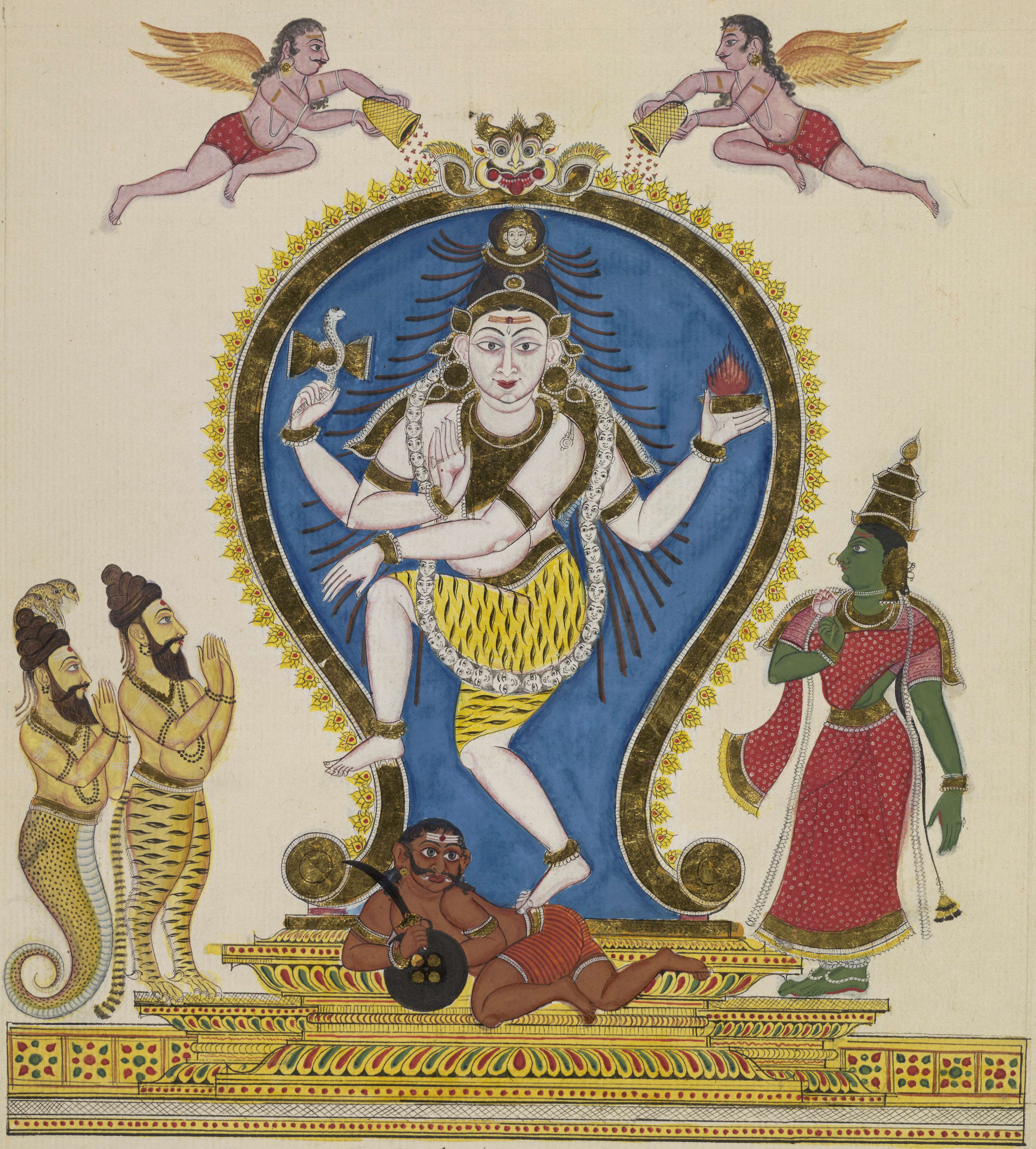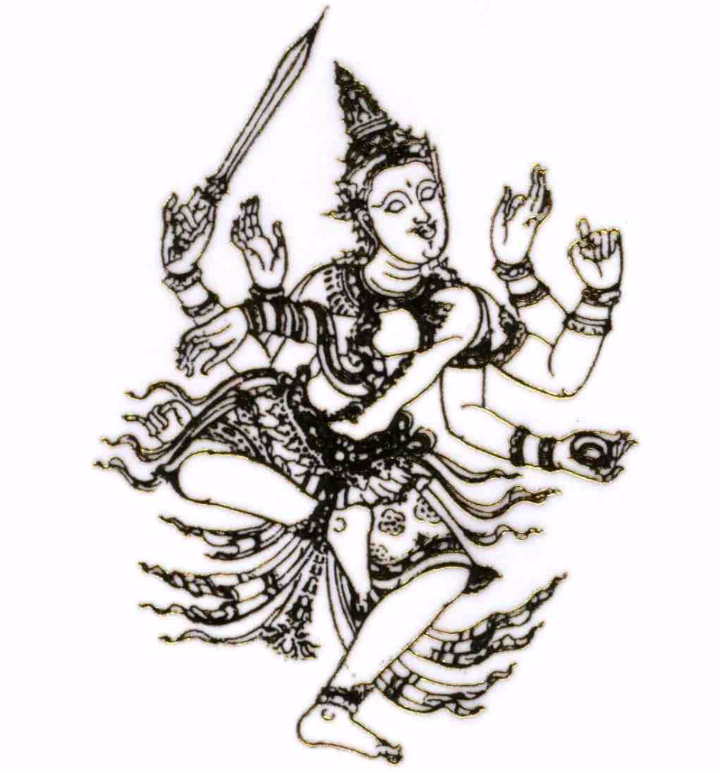|
Marga Natya
Based on the study of Natya Shastra text, the common Indian grammar of performing arts and literature is referred to as Marga in the post-Natyashastra period. Deshis are regional forms of performing arts, many of which are developed based on regional taste. Major Research Marga Natya is the revival and reconstruction of Bharata (sage)’s tradition of dance, music and acting (natya, geeta and abhinaya) as mentioned in his Natya Shastra. Researcher Piyal Bhattacharya has been working at the Natyashastra with the support of the Sangeet Natak Akademi Sangeet Natak Akademi (The National Academy of Music, Dance and Drama in English language, English) is the national level academy for performing arts set up by the Government of India. It is an autonomous body of the Ministry of Culture (India) ... under their scheme of “Safeguarding Intangible Cultural heritage of India”. References Sources *{{cite book, author=Pandurang Vaman Kane, title=History of Sanskrit Poetics, ... [...More Info...] [...Related Items...] OR: [Wikipedia] [Google] [Baidu] |
Nataraja
Nataraja (/ n̪əʈəɾɑd͡ʒᵊ/ ,, ; , ''Naṭarājar'' Telugu: నటరాజు,''Naṭarāju''), also known as Adalvallan (), is a depiction of Shiva, one of the main deities in Hinduism, as the divine cosmic dancer. His dance is called the tandava.''Encyclopædia Britannica'' (2015) The pose and artwork are described in many Hindu texts such as the ''Tevaram'' and '' Thiruvasagam'' in Tamil and the ''Amshumadagama'' and ''Uttarakamika agama'' in Sanskrit and the Grantha texts. The dance ''murti'' is featured in all major Hindu temples of Shaivism, and is a well-known sculptural symbol in India and popularly used as a symbol of Indian culture, as one of the finest illustrations of Hindu art. This form is also referred to as Kuththan (), Sabesan (), and Ambalavanan () in various Tamil texts. The sculpture is symbolic of Shiva as the lord of dance and dramatic arts, with its style and proportions made according to Hindu texts on arts. Tamil devotional texts such as ... [...More Info...] [...Related Items...] OR: [Wikipedia] [Google] [Baidu] |
Natya Shastra
The ''Nāṭya Shāstra'' (, ''Nāṭyaśāstra'') is a Sanskrit treatise on the performing arts. The text is attributed to sage Bharata, and its first complete compilation is dated to between 200 BCE and 200 CE, but estimates vary between 500 BCE and 500 CE. The text consists of 36 chapters with a cumulative total of 6,000 poetic verses describing performance arts. The subjects covered by the treatise include dramatic composition, structure of a play and the construction of a stage to host it, genres of acting, body movements, make up and costumes, role and goals of an art director, the musical scales, musical instruments and the integration of music with art performance. The ''Nāṭya Śāstra'' is notable as an ancient encyclopedic treatise on the arts, one which has influenced dance, music and literary traditions in India. It is also notable for its aesthetic "Rasa" theory, which asserts that entertainment is a desired effect of performance arts but not t ... [...More Info...] [...Related Items...] OR: [Wikipedia] [Google] [Baidu] |
Bharata (sage)
Bharata (Devanagari: भरत) was a '' muni'' (sage) of ancient India. He is traditionally attributed authorship of the influential performing arts treatise ''Natya Shastra'', which covers ancient Indian dance, poetics, dramaturgy, and music. Identity He is thought to have lived between 200 BCE and 200 CE, but estimates vary between 500 BCE and 500 CE. ''Nāṭya Śāstra'' Bharata is known only as being traditionally attributed authorship of the treatise ''Natya Shastra''. All other early Sanskrit treatises were similarly attributed to mythical sages. The text draws on his authority, as existing in the public imagination. The ''Nāṭya Śāstra'' is notable as an ancient encyclopedic treatise on the performing arts The performing arts are arts such as music, dance, and drama which are performed for an audience. They are different from the visual arts, which involve the use of paint, canvas or various materials to create physical or static art obje ... [...More Info...] [...Related Items...] OR: [Wikipedia] [Google] [Baidu] |
Piyal Bhattacharya
Piyal Bhattacharya is an Indian theatre director and Natyashastra scholar from Kolkata, West Bengal. He is proficient in Sanskrit, English, Bengali, Hindi and Malayalam. He has founded the Spanda Art Space near Garia, Kolkata. Life and work Born in Howrah, West Bengal, Piyal Bhattacharya received training in Kathakali under Kalamandalam Balasubramanian at Kerala Kalamandalam. Later, he studied Natyashastra and musicology under Kamlesh Dutt Tripathi, Bharat Gupt, Puru Dadheech, N. Ramanathan, Urmila Sharma and others. He learnt Rudraveena of Dagar Gharana under Suvir Mishra, Asit Banerjee, Bahauddin Dagar, and of Dabir Khan Gharana from Ujwalendu Chakraborty; Haveli Sangeet under Gokulotsav Maharaj; Sarasvathi-veena under Vijaya Varalakshmi; Pung-Achoba under Premjit Singh; and Kalaripayattu under P.K. Balan Gurukkal. Bhattacharya is known for his work on the reconstruction of a holistic system of Natya from the Natyashastra, i.e., the Marga Natya. He has contributed signifi ... [...More Info...] [...Related Items...] OR: [Wikipedia] [Google] [Baidu] |
Sangeet Natak Akademi
Sangeet Natak Akademi (The National Academy of Music, Dance and Drama in English language, English) is the national level academy for performing arts set up by the Government of India. It is an autonomous body of the Ministry of Culture (India), Ministry of Culture, Government of India. History It was set up by the Indian education ministry on 31 May 1952 and became functional the following year, with the appointment of its first chairman, Dr. P. V. Rajamannar. Dr Rajendra Prasad, the first President of India, inaugurated it on 28 January 1953 in a special function held in the Parliament of India#Building, Parliament House. The academy's List of Sangeet Natak Akademi fellows, Fellowship and Sangeet Natak Akademi Award, Award are considered very prestigious. Functions Sangeet Natak Akademi is an autonomous body of the Ministry of Culture (India), Ministry of Culture, Government of India. The academy functions as the apex body of the performing arts in the country to preserve ... [...More Info...] [...Related Items...] OR: [Wikipedia] [Google] [Baidu] |
Hindu Traditions
Hindus (; ; also known as Sanātanīs) are people who religiously adhere to Hinduism, also known by its endonym Sanātana Dharma. Jeffery D. Long (2007), A Vision for Hinduism, IB Tauris, , pp. 35–37 Historically, the term has also been used as a geographical, cultural, and later religious identifier for people living in the Indian subcontinent. It is assumed that the term ''"Hindu"'' traces back to Avestan scripture Vendidad which refers to land of seven rivers as Hapta Hendu which itself is a cognate to Sanskrit term ''Sapta Sindhuḥ''. (The term ''Sapta Sindhuḥ'' is mentioned in Rig Veda and refers to a North western Indian region of seven rivers and to India as a whole.) The Greek cognates of the same terms are "''Indus''" (for the river) and "''India''" (for the land of the river). Likewise the Hebrew cognate ''hōd-dū'' refers to India mentioned in Hebrew BibleEsther 1:1. The term "''Hindu''" also implied a geographic, ethnic or cultural identifier for people ... [...More Info...] [...Related Items...] OR: [Wikipedia] [Google] [Baidu] |
Culture Of India
Indian culture is the cultural heritage, heritage of social norms and history of science and technology on the Indian subcontinent, technologies that originated in or are associated with the ethno-linguistically diverse nation of India, pertaining to the Indian subcontinent until 1947 and the India, Republic of India post-1947. The term also applies beyond India to countries and cultures whose histories are strongly connected to India by immigration, colonization, or influence, particularly in South Asia and Southeast Asia. India's languages of India, languages, religion in India, religions, dance in India, dance, music of India, music, architecture of India, architecture, Indian cuisine, food, and customs differ from place to place within the country. Indian culture, often labelled as a combination of several cultures, has been influenced by a history that is several millennia old, beginning with the Indus Valley Civilization and other early cultural areas.John Keay (2012), ... [...More Info...] [...Related Items...] OR: [Wikipedia] [Google] [Baidu] |
Classical Dance Genres Of India
Classical may refer to: European antiquity *Classical antiquity, a period of history from roughly the 7th or 8th century B.C.E. to the 5th century C.E. centered on the Mediterranean Sea *Classical architecture, architecture derived from Greek and Roman architecture of classical antiquity *Classical mythology, the body of myths from the ancient Greeks and Romans *Classical tradition, the reception of classical Greco-Roman antiquity by later cultures *Classics, study of the language and culture of classical antiquity, particularly its literature *Classicism, a high regard for classical antiquity in the arts Music and arts *Classical ballet, the most formal of the ballet styles *Classical music, a variety of Western musical styles from the 9th century to the present *Classical guitar, a common type of acoustic guitar *Classical Hollywood cinema, a visual and sound style in the American film industry between 1927 and 1963 *Classical Indian dance, various codified art forms whose theor ... [...More Info...] [...Related Items...] OR: [Wikipedia] [Google] [Baidu] |


